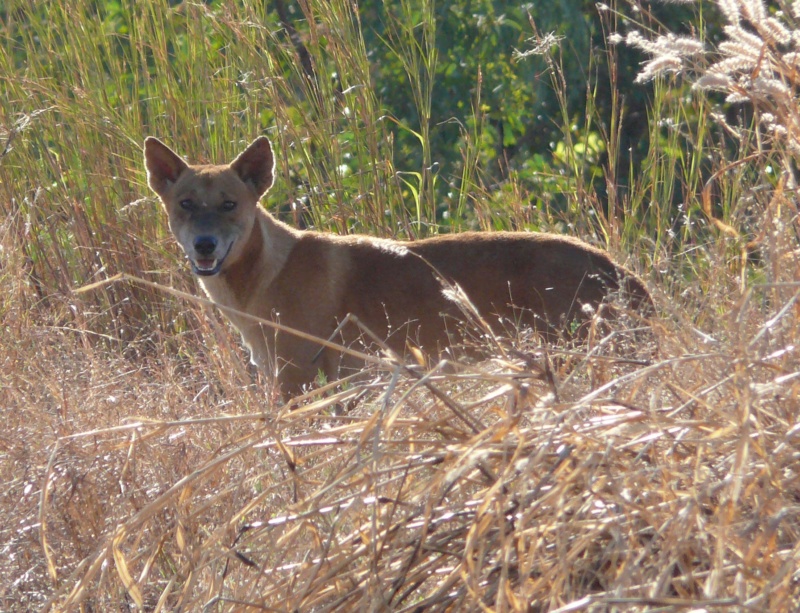27 March 2019
World-renowned taxonomists confirm that dingoes are indeed a type of dog and not a separate species, as has been argued by Bradley Smith and others recently.

Although dingoes are native in legislation because they were here when Europeans came, the National Wild Dog Action Plan reflects the current science demonstrating that dingoes evolved from wolves by processes of domestication. This happened on a number of occasions somewhere in South Asia, and people moved dingoes to Australia about 4,000 years ago.
National Wild Dog Management Coordinator, Greg Mifsud, urges concerned people to make themselves aware of the science, not the emotion, behind the arguments currently circulating in the media, which refer particularly to the recently published paper by Smith, et al. That paper was in response to a 2017 paper published in Zootaxa 4317 (2) by Stephen Jackson and others that clearly showed the dingo is a breed of dog, not a distinct species. Jackson et al have now published again in Zootaxa 4564 (1) confirming their original argument and strongly disproving the arguments of Smith et al.
Mr Mifsud said: “I highly recommend everyone reads at least the Abstract and the Conclusion of both the Jackson et al papers which are by a team of eminent taxonomists including Kris Helgen, Tim Flannery and the late Colin Groves. They clearly show that when the governing principles of taxonomy and genetics are adhered to, it is incorrect to suggest that the dingo is a separate species.”
The National Wild Dog Action Plan provides direction for a strategic approach to the management of all free-living dogs including the dingo, other wild dogs and crosses between the two. This approach aims to minimise their negative impacts on agriculture, biodiversity and social assets while conserving dingoes where they do not impact adversely on these assets.
Share